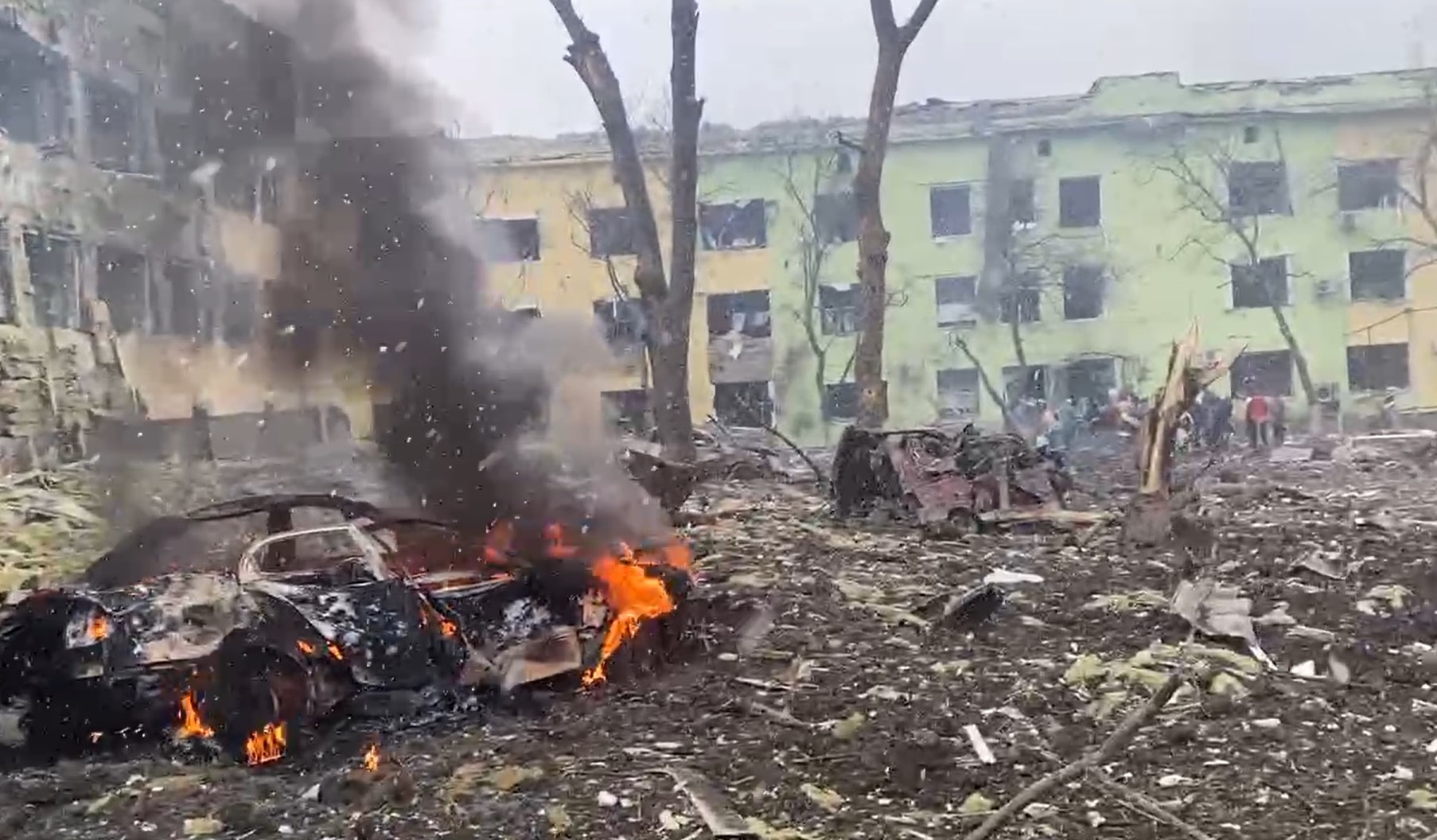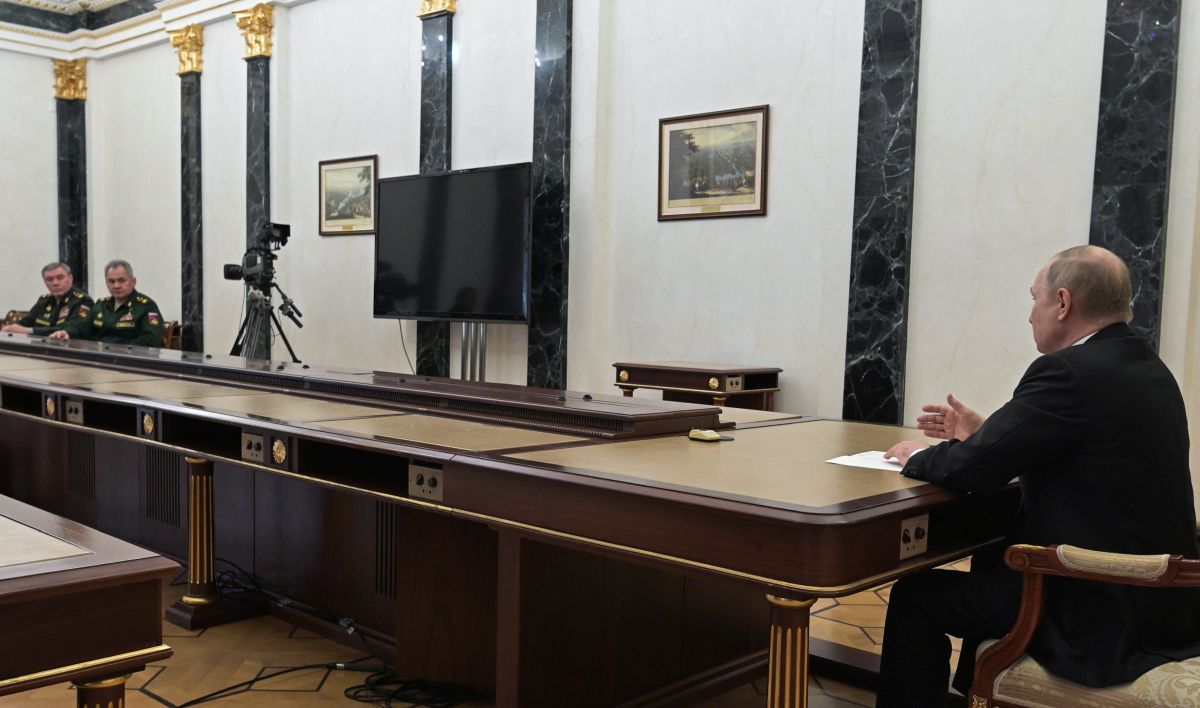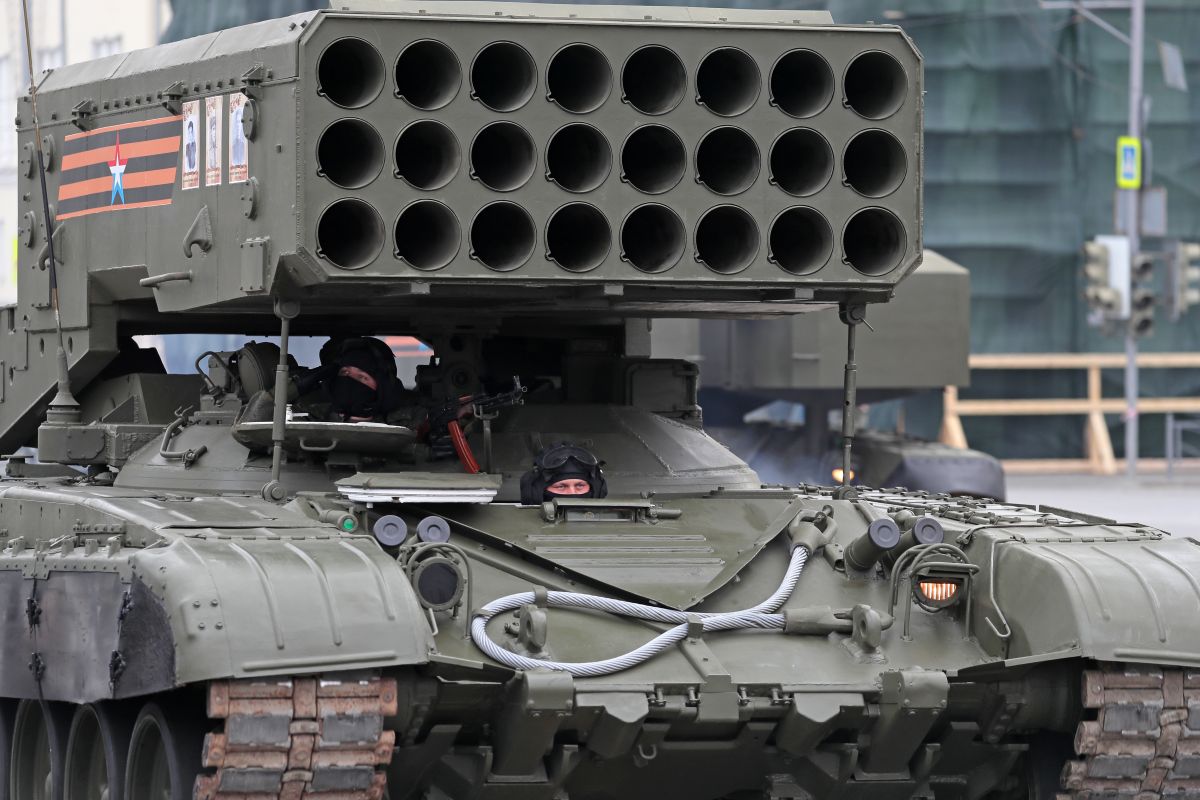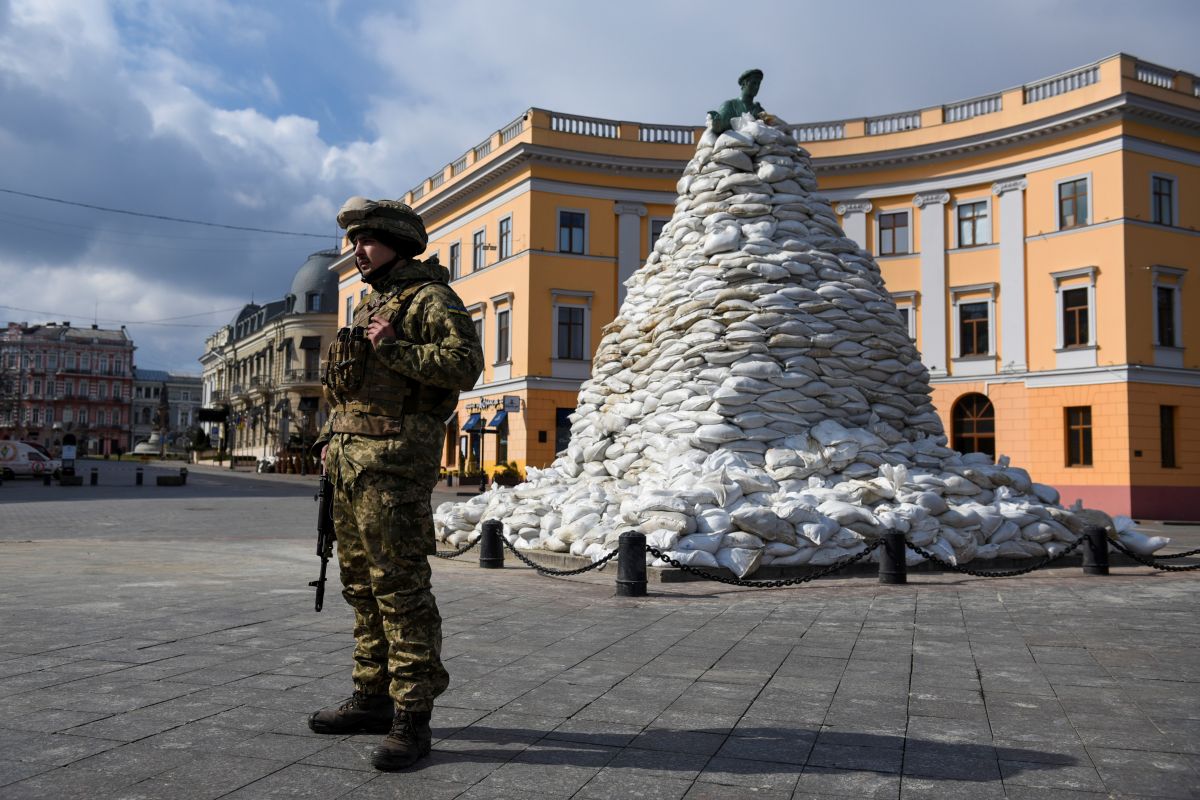No-Fly Zone over Ukraine?
Ukrainian authorities have been appealing to the international community and NATO to introduce a no-fly zone (NFZ) over Ukraine. NATO is not willing to do that because of the risk of direct conflict with Russia and the threat of a nuclear escalation. However, the allies can support Ukraine in a way that seriously limits the effectiveness of Russian air attacks.
 Mariupol City Council/Cover Images/Forum
Mariupol City Council/Cover Images/Forum
What does an NFZ mean in practice?
It is usually a humanitarian instrument intended to protect a civilian population from attacks from the air. At the same time, it can weaken the aggressor’s ability to fight a war and force it to end hostilities. To establish an NFZ, it is necessary to use reconnaissance aircraft to monitor airspace and combat planes to deter the enemy from conducting air attacks. In the event of a violation of the zone and a threat to civilians, it is necessary to defend them by, for example, downing enemy aircraft and destroying missiles. Over the past three decades, formal NFZs have been established three times. The one over parts of Iraq (1991-2003) was intended to stop Iraqi attacks on Kurds, but it also made it easier for U.S. forces to overthrow Saddam Hussein’s regime. The zone over Bosnia and Herzegovina (1993-1995) did not prevent the massacre of civilians in Srebrenica, for example, but might have increased pressure on the Serbs to agree to sign the Dayton peace agreements. The zone in Libya (2011) prevented the massacre of civilians by the forces of Muammar Gaddafi and facilitated the overthrow of his regime.
What are the arguments for creating an NFZ over Ukraine?
The Ukrainian authorities called on NATO to create a no-fly zone in response to Russian attacks on civilians. Russia uses missiles and aircraft to attack civilian targets to undermine Ukrainian morale and force the government to surrender. So far, according to UN data, more than 1,000 civilians have died, millions are displaced, and almost 3 million have left the country. There are cases of Russia agreeing to set up humanitarian corridors only to attack them as they are in use. Attacks on civilians are on the rise. Although the Ukrainian air force remains capable of conducting air operations and the military is inflicting heavy losses on the Russian air forces, if Russia gains air superiority, that may lead to even more damage and losses to the civilian population.
Can NATO establish a no-fly zone?
There is currently no willingness in NATO to create such a zone over Ukraine. The U.S. president announced that he would not send American troops to Ukraine and warned of the risk of World War III if there was direct engagement. The NATO Secretary General emphasised that the Alliance is a defensive organisation and that the establishment of an NFZ would risk spreading the conflict to the whole of Europe. As Russia attacks targets both with missiles launched from Belarusian and Russian territory, the creation of such a zone would require the deployment of advanced NATO air and anti-missile defence systems inside Ukraine, which would have to be operated by NATO troops. It also would be necessary to use air forces operating from outside Ukrainian territory. An attempt to enforce such a zone would require the willingness to shoot down Russian aircraft, which then could be considered a declaration of war against Russia. The response could include Russian attacks on Alliance forces in Ukraine and on NATO territory. A direct conflict between NATO and Russia would increase the risk of Russia using nuclear weapons.
Is it possible the UN or some other coalition could create an NFZ?
The chance that the UN or another group of states would agree to establish an NFZ is slim. However, it may increase if Russia uses weapons of mass destruction in Ukraine. The establishment of an NFZ by the United Nations would require the approval of the Security Council, in which Russia has a veto. The mere attempt to create such a zone may, however, be a form of pressure on Russia and a way to publicise its crimes against civilians. The international community could also consider creating a zone by a “coalition of the willing” that refers to the doctrine of the responsibility to protect (R2P). The legitimacy of this solution would depend on the scale of international support for such a coalition. The zone would have to be established and enforced by a coalition of states that are ready to face the risk of military confrontation with Russia. The formation of such a coalition without U.S. leadership is unrealistic, as only the U.S. has the necessary potential to effectively deter Russia from using nuclear weapons.
What does the lack of a no-fly zone mean for Ukraine and NATO?
Russia will continue to pursue Vladimir Putin’s main strategic goals: taking political control over Ukraine and its demilitarisation. Even if Russia is unable to enforce a change of government in Ukraine, by committing crimes against civilians it may enforce ceasefire conditions that will make it easier to achieve this goal in the future. The perception among Ukrainians that they cannot count on direct military support from NATO, the wider West, or the international community could weaken their ability to resist the Russian aggression. Unhindered Russian crimes against the civilian population can undermine the credibility of the U.S., UN, NATO and the EU. Therefore, it is in the strategic interest of NATO member states to arm Ukraine in such a way as to significantly reduce the effectiveness of Russian air and missile attacks. More advanced air defence systems and other types of weapons are needed. It will also be necessary to strengthen sanctions and suspend EU gas and oil imports so that Russia will not be able to finance the war.





